


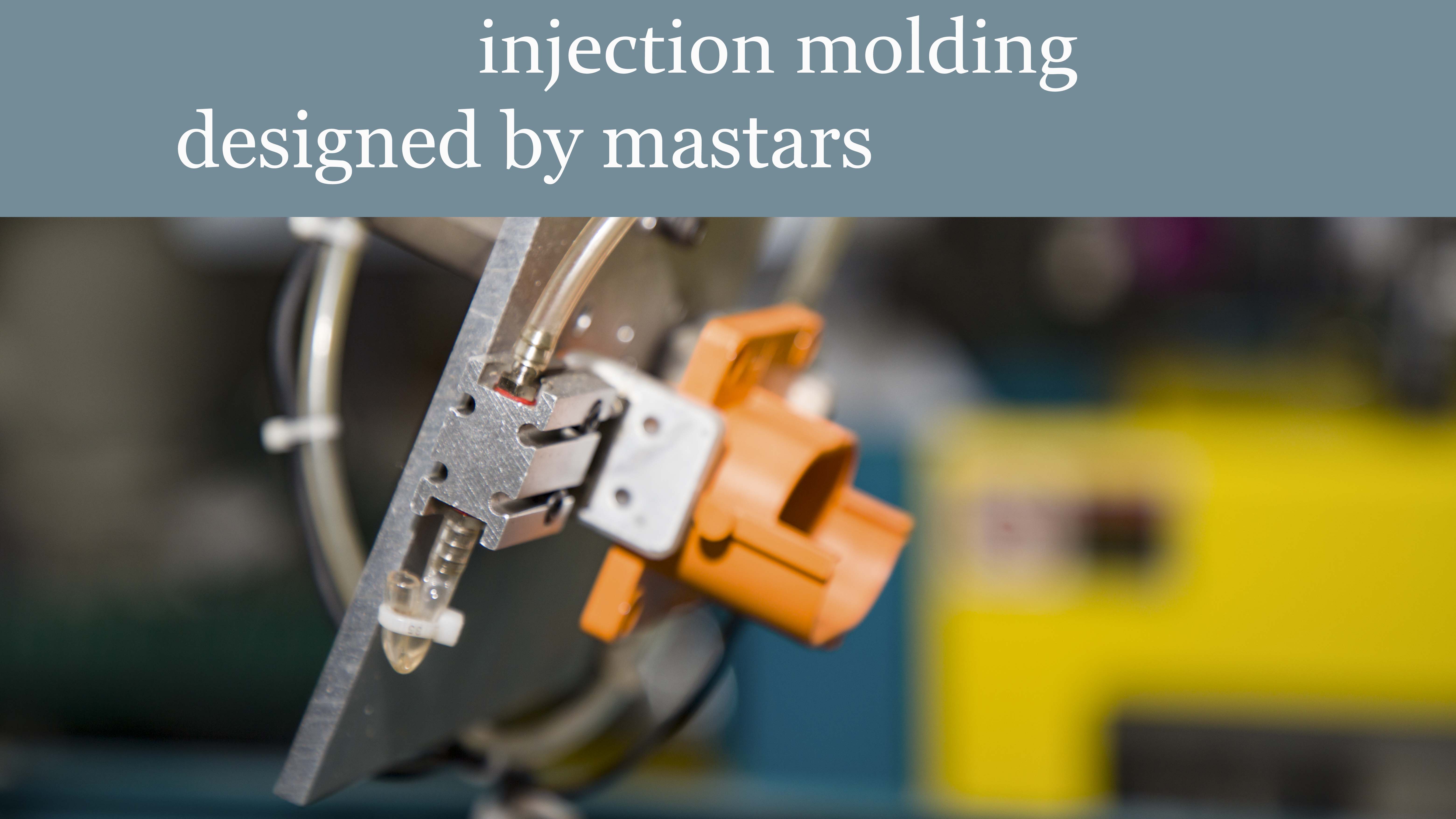
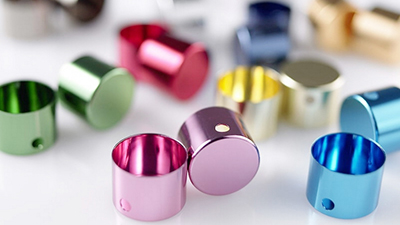
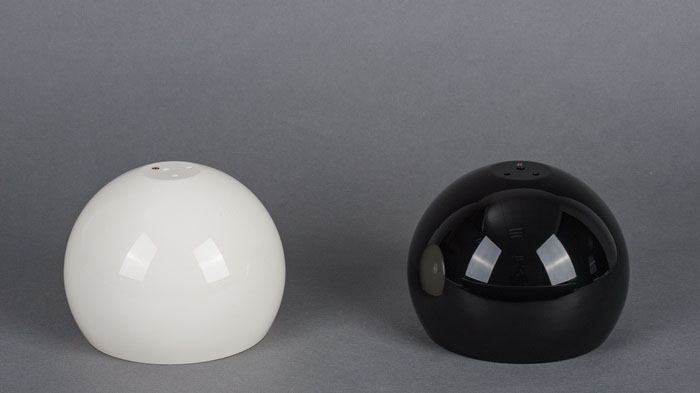

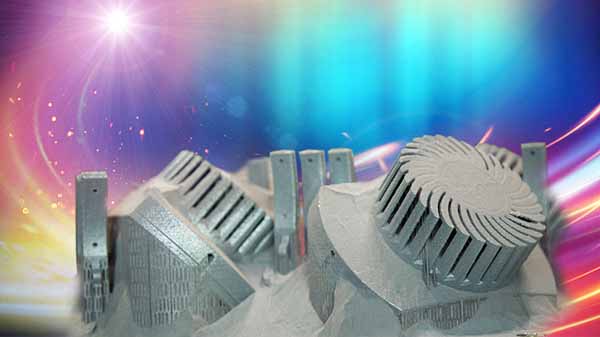

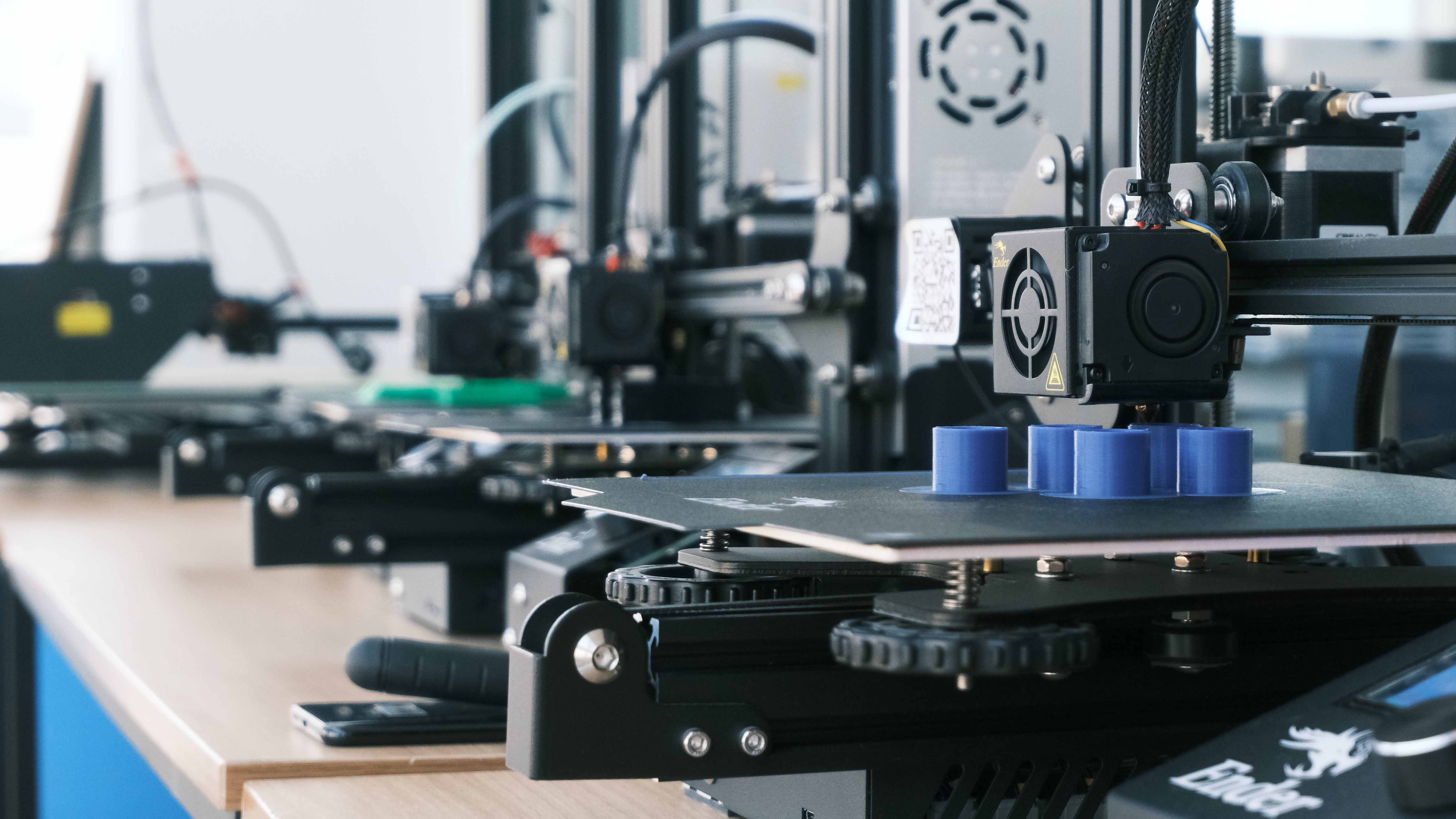
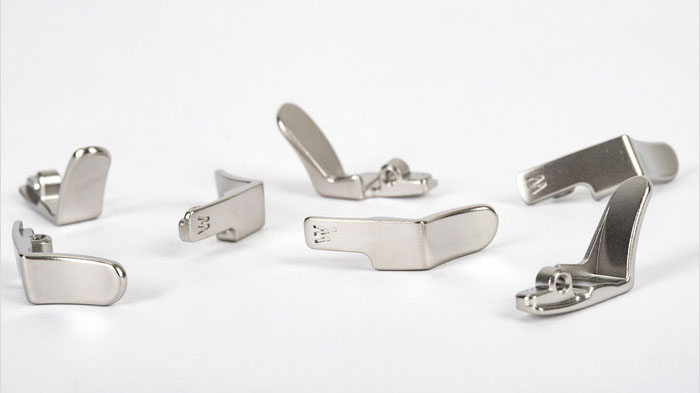
Mastars' rapid prototyping service can provide various prototyping services according to customers' needs, verify your designed, provide fast, efficient and cost-effective services, and lay the foundation for future mass production of your products. General stainless steel heat treatment processes include: solution treatment, stabilization treatment and stress relief treatment.
The main features of heat treatment of stainless steel are: non-magnetic austenite structure at room temperature, low yield strength ratio, good plasticity, good weldability, easy smelting, casting, forging and hot forming; Its composition is characterized by high chromium (≥ 17%), nickel (8%-15%) and other elements that improve corrosion resistance (such as molybdenum, niobium, titanium, etc.). Therefore, austenitic stainless steel not only has good corrosion resistance, but also has good mechanical and technological properties, so it has been widely used in mechanical equipment.
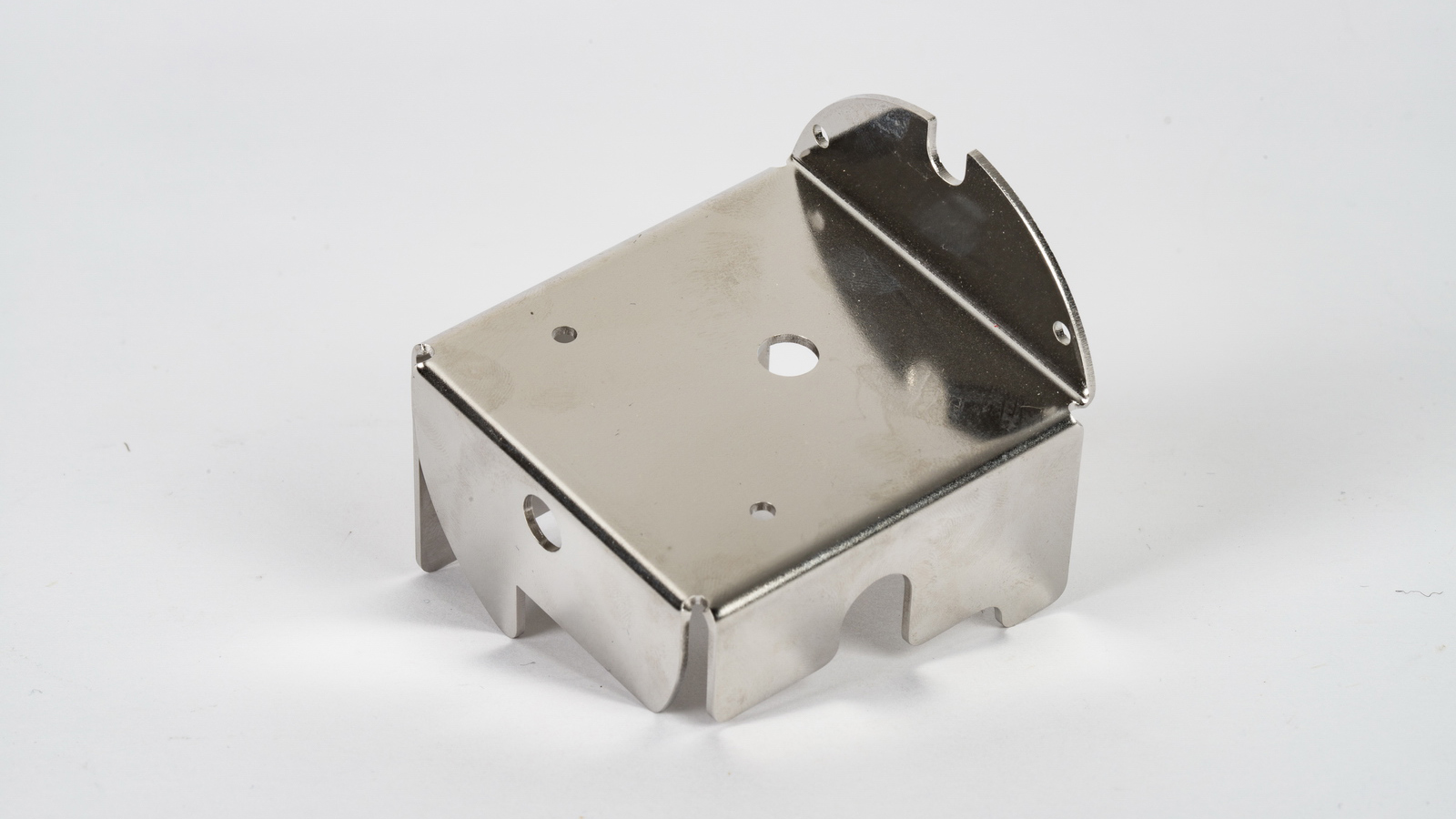
After the steel is heated to 1050-1150 ℃ and then water quenched, the main purpose is to dissolve the carbides in austenite and keep this state to room temperature, so that the corrosion resistance of the steel will be greatly improved. This is a heat treatment method to prevent intergranular corrosion. For thin-walled parts, air cooling can be used. Generally, water cooling is used
Mastars Industries CO., LTD
www.mastars.com
Email: marketing@mastars.com
Tel: +86 755-88210690
Mobile: +86 181 0029 4997
Add: Building 6,Blue Sky Industrial Park, Ditang Road, Shajing Town, Shenzhen City, Guangdong, China